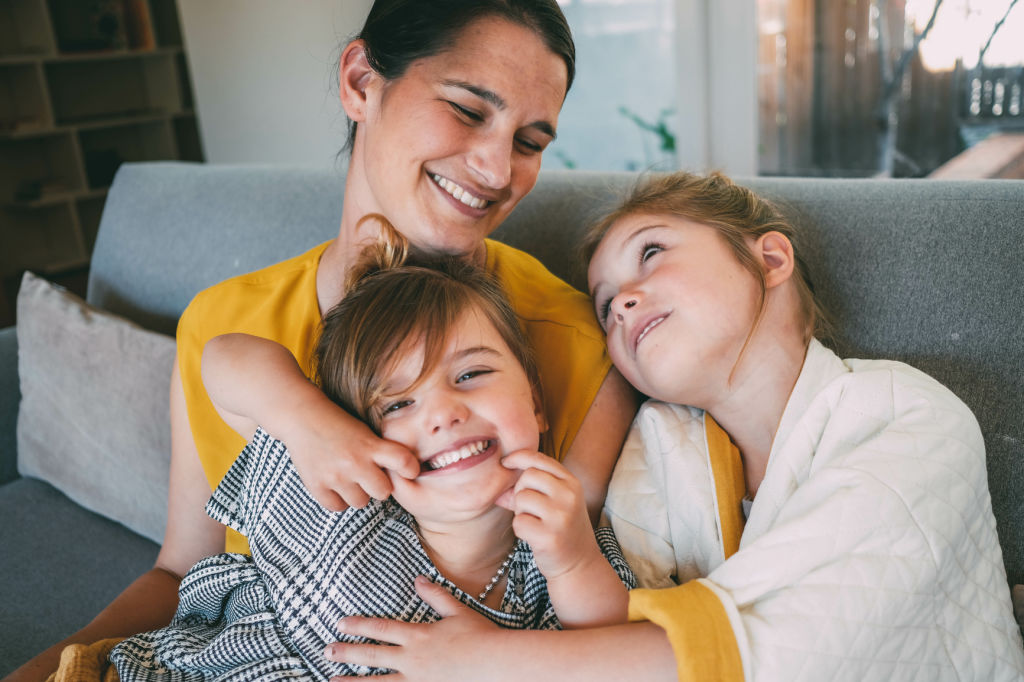Education: School leaders explain how happiness goes hand-in-hand with academia

St Leonard’s College principal Stuart Davis believes in the time-honoured mantra that happiness has three parts: something to do, somebody to love, and something to look forward to.
“I often refer to a cartoon of a man looking up at a bird in a tree,” he explains. “The bird says: ‘I don’t sing because I’m happy, I’m happy because I sing’. Happiness comes in the doing.
“If we’re in the right state of mind, have strong self-esteem and feel confident about ourselves, then … we’ve got the foundations. For me, it’s the bedrock.”
With mental health concerns increasingly common in young people, many schools have grown more explicit in promoting their wellbeing programs. The Victorian Department of Education notes that, in promoting mental health and wellbeing, schools play a vital role in helping students to flourish in their education journey, build resilience, develop protective factors from mental ill-health and gain the skills and confidence to seek help early, if required.
Camberwell Girls Grammar takes a holistic approach to student wellbeing, notes deputy head of senior school Kath Woolcock. “A co-ordinated approach really reinforces the concepts. It has to be core to our school culture.”
Students and staff are involved in weekly wellbeing and positive education programs. The wellbeing curriculum has a different focus for each year level, with topics including mindfulness, gratitude, organisation skills and emotional regulation. The school also runs a respectful relationships initiative, focusing on gender equality, resilience and building healthy and respectful relationships.
“It incorporates wellbeing, health and PE classes,” adds Woolcock. “But we’re also teaching English texts that look at those issues, and relevant data analysis in maths. It’s part of an approach that looks at it from many different angles.”
Students have different wellbeing needs at different stages of life. St Leonard’s College encompasses five schools – the Early Learning Centre (ELC), prep to year four, years five and six, then seven to nine and 10 to 12.
“It’s very much about their emotional and social needs, and where they are in their development,” Davis notes. “Each of these schools approaches wellbeing from similar pillars, but different layers in terms of how one may go about it.
“Fundamentally, it is about relationships and knowing, nurturing and loving those in our care to help build their self-belief and confidence, and thereby their self-esteem and resilience.”
Transition programs provide new students in ELC and prep the chance to feel safe in their new environment, while at the opposite end of the spectrum senior school mentors meet regularly with students to discuss how they manage the challenge of their senior years, healthy habits and exam strategies.
The COVID-19 pandemic and the recent shift to remote learning have presented unique wellbeing challenges. Research agency Youth Insight has found the number of young people reporting concerns around mental health increased from 32 per cent to 45 per cent from March to April. Six out of 10 students who responded to the survey said they found learning from home more difficult.
Camberwell Girls Grammar modified its timetable to include rest and revive breaks – important for getting off screens – and adjusted the health and PE program to include dedicated wellbeing activities.
“It was about: ‘How do we hold onto the core of our school culture?’ ” Woolcock says. “For us, that’s connected community, our co-curricular programs, and our relationships.”
By focusing on wellbeing, schools aren’t just giving their students the best chance at academic success. The impacts can last long after students graduate.
“If we look at emotional health and overall wellbeing, it’s the best predictor of a young person becoming satisfied and happy as an adult,” Woolcock says.
We recommend
States
Capital Cities
Capital Cities - Rentals
Popular Areas
Allhomes
More







